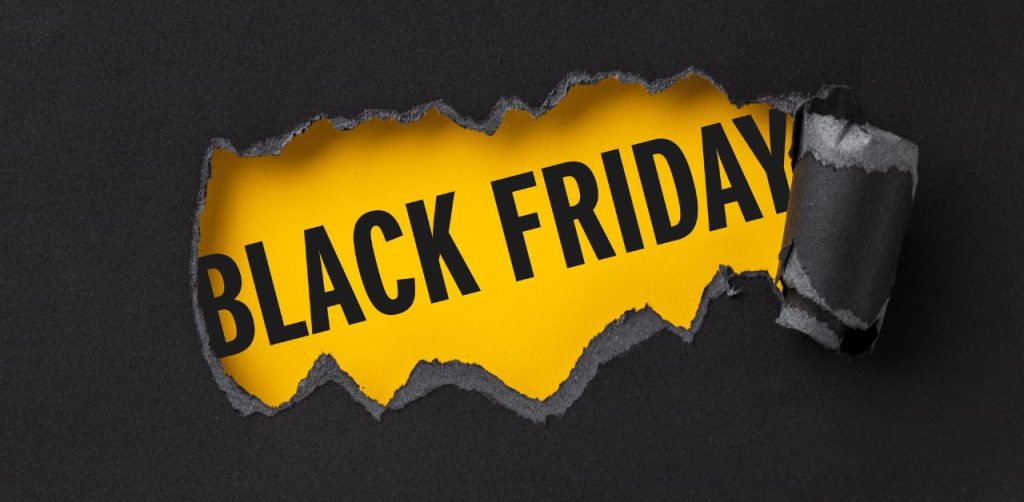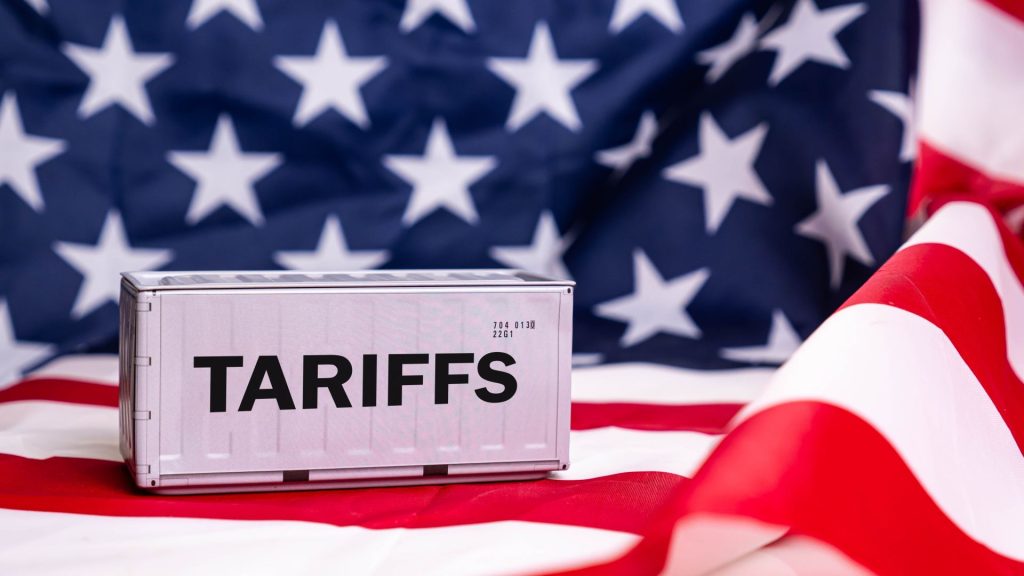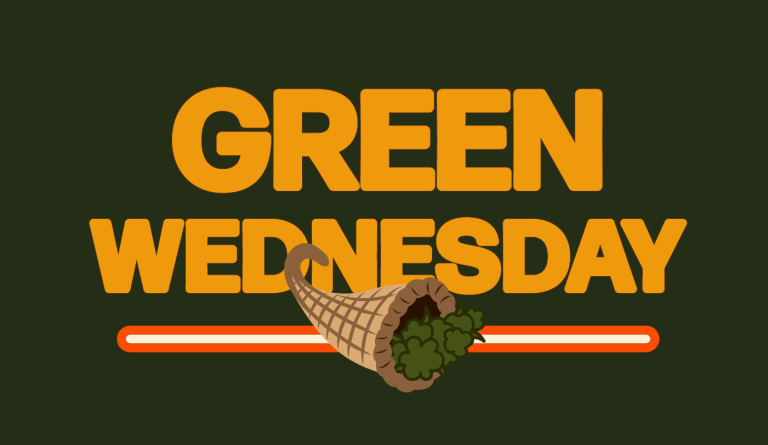
Black Friday may no longer inspire the chaotic scenes of the past, with shoppers scrambling for doorbuster deals and occasionally clashing over limited items. Still, it continues to be the largest shopping day in the U.S., officially marking the start of the holiday shopping season. Despite economic pressures, consumers are showing resilience and determination to hunt for the best deals.
Economic Uncertainty Shapes Retail Strategies
This year, retailers face a complex environment shaped by President Trump’s tariffs, ongoing inflation, and uneven employment trends. Many companies have absorbed additional costs instead of passing them to customers, while limiting seasonal hiring to manage expenses. Consumer confidence dropped in November to its lowest point since April, reflecting these economic concerns, but early indicators suggest spending will remain solid.
Shoppers Focus on Deals

While many shoppers remain willing to spend, they are more selective than in previous years. Some plan to wait for Cyber Monday or end-of-season discounts, carefully timing purchases to maximize savings. “Tariffs are definitely on my mind,” said Aron Boxer, 50, from Connecticut. “I delayed buying a car this year and will look for deals on toys later.”
Strong Mall Traffic Signals Holiday Momentum
Foot traffic at malls has been robust. Jill Renslow, Chief Business Development Officer at the Mall of America, reports that recent Saturdays in November have surpassed pre-pandemic levels. The mall is rewarding early shoppers with gift cards and giveaways, demonstrating confidence in a busy holiday season.
Holiday Spending Forecast Remains Positive
The National Retail Federation projects holiday sales between $1.01 trillion and $1.02 trillion, a 3.7%–4.2% increase from last year. Mastercard SpendingPulse anticipates a 3.6% rise in sales across all payment methods. Online shopping is also performing strongly, with consumers spending $79.7 billion from November 1 through Sunday—a 7.5% increase from last year.
Tariffs Affect Prices and Inventory
Tariffs have influenced retailers’ pricing and inventory strategies. Some stores accelerated shipments ahead of tariff deadlines, while absorbing extra costs where possible. However, products like toys, largely imported from China, have seen higher prices. Market research from Circana indicates that 40% of general merchandise sold in September experienced price increases of at least 5%, up from 32% in June.
Discounts and Promotions Adjusted for the Season
Retailers have moderated early discounts, balancing lean inventories with pricing control. Deals currently range from 30% to 50%, with expectations of deeper discounts later in the weekend. Executives remain cautiously optimistic, noting solid momentum as the holiday shopping season unfolds.
Takeaway
Despite economic uncertainty and rising tariffs, Black Friday 2025 demonstrates the resilience of U.S. consumers and retailers. Shoppers are hunting for deals strategically, while stores carefully manage pricing, inventory, and promotions. The season’s momentum signals optimism, even amid caution.


